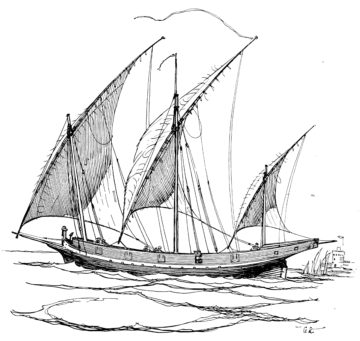by Jerry Cayford

“If I Had My Way” is one of the great protest songs (aka “Samson and Delilah”). The biblical story of Samson expresses the theme that a primitive and chaotic force beneath protest can escape all restraint. Samson is a destroyer: “He lifted up that jawbone and he swung it over his head / And when he got to moving ten thousand was dead.” No specification of who exactly died is necessary, for it doesn’t much matter with Samson.
We might think the story is a warning, but what makes “If I Had My Way” so electrifying is the chorus celebrating Samson’s destructive spirit:
If I had my way
If I had my way in this wicked world
If I had my way I would tear this building down
The listener singing along revels vicariously in a rage so deep it has become nihilism: things are so bad I no longer care and just want to tear it all down. The revolutionary intent is clear in the anecdote about Samson in which he kills a lion with his bare hands: “And the bees made honey in the lion’s head.” The symbolism is obvious: lions always represent rulers; the bees are workers; and honey is the sweet life. Samson is the working class’s spirit of vengeance against a condescending and abusive ruling class. It is a spirit that has started to move again in our own wicked world.
I
Let us start with the song of an angry strongman. In the second section, we’ll consider how the nihilistic spirit of Samson has been awakened by a political betrayal of democratic promises. In the final section, we’ll look at philosophical ideas about what we imagine should keep that spirit from waking. First, though, the song.
Most people know “If I Had My Way” either from Peter, Paul and Mary’s 1962 version (from which I quote) or The Grateful Dead’s 1977 “Samson and Delilah.” But the song is a traditional African-American spiritual dating back at least to the early 20th century (three versions recorded in 1927), and maybe all the way to slavery. (The folk music magazine Sing Out! explores the song’s history in a four-part 2019 article: 1, 2, 3, 4.) Rev. Gary Davis brought it into the folk revival of the civil rights era in 1960, and then Peter, Paul and Mary brought it to mainstream audiences on their first album, which was so popular that royalties from it kept Rev. Davis (given copyright credit) financially secure for life (Sing Out!). I take Peter, Paul and Mary’s as the definitive version, in part because it is substantially rearranged to make the protest elements explicit. Read more »

